As some of you (those who are following me either on facebook or google+) may already know, I just returned from a 3 1/2 week trip to the indian Himalayas. Apart from travelling around in jeeps for countless hours, we also spent 13 days trekking to the base of the world’s third highest peak in Khangchendzonga National Park.
Working in the Himalayas was different to anything else I had ever experienced. The mix of extreme altitude, weather and remoteness made photographing on the trek way more difficult than I had expected. We were travelling with a group of four yaks and some porters but this couldn’t change the fact that we spent the majority of our 13–day trek at an altitude of 4,000m (13,000ft) or above. Although this had more immediate effects on my body than on my photography – constantly feeling tired and exhausted didn’t really help either.
The weather, on the other hand, was predictable but frustrating. Clear mornings were followed by cloudy afternoons and rainy or sometimes snowy evenings. As soon as we reached our camps around noon, clouds and fog had already rolled in and visibility dropped to near zero. Scouting was senseless. I soon had to bury my hopes for photographing sunsets. On day five I realized it was time to think differently: the next morning I set my alarm to 3:00am.
It was a clear and cold night. The scenery was spectacular. The waning half moon was shining bright, making the himalayan peaks glow in the dark. Above the icy ridgeline small clouds were dancing in the cold wind. I set up my shot very close to the waters of a river flowing next to our camp. Within a few minutes my tripod and remote release were coated with ice. My feet were freezing, too.
In a first exposure I tried to capture as many stars as I possibly could (unfortunately the moonlight was blocking a lot of the stars, but at least I knew that the upcoming nights would be getting darker and darker). Then I had to wait. I didn’t want the harsh light of the moon to illuminate the foreground in my final image. Instead I waited for the blue pre-sunrise twilight to take another exposure which I would later blend in postprocessing. The result was the image above. The three icy peaks in this shot are (from left to right): Rathong Peak (6,678m / 21,909ft), Kabru South (7,318m / 24,009ft) and Kabru Dome (6,585m / 21,604ft).
Not visible here is Kangchenjunga the world’s third highest peak (after Mount Everest and K2) – but don’t worry, there’s more to come – stay tuned!
Rathong Valley
Khangchendzonga National Park
Sikkim
India
Canon EOS 5D Mark III
Canon EF 16-35mm f/2.8L USM @ 22mm
for exposure details see below
Gitzo GT1541T
3. April 2013
Sunrise
2 exposures blended in PS:
- foreground and mountains (ISO 100, f/11, 25 sec.)
- stars and sky (ISO 800, f/2.8, 13 sec.)
Related Posts
Related Posts
Rise of the Dark Knight
13/04/2015
The Light of the Night
15/01/2014
Play of Light
19/06/2013
Knappenkar Alpenglow
22/08/2011
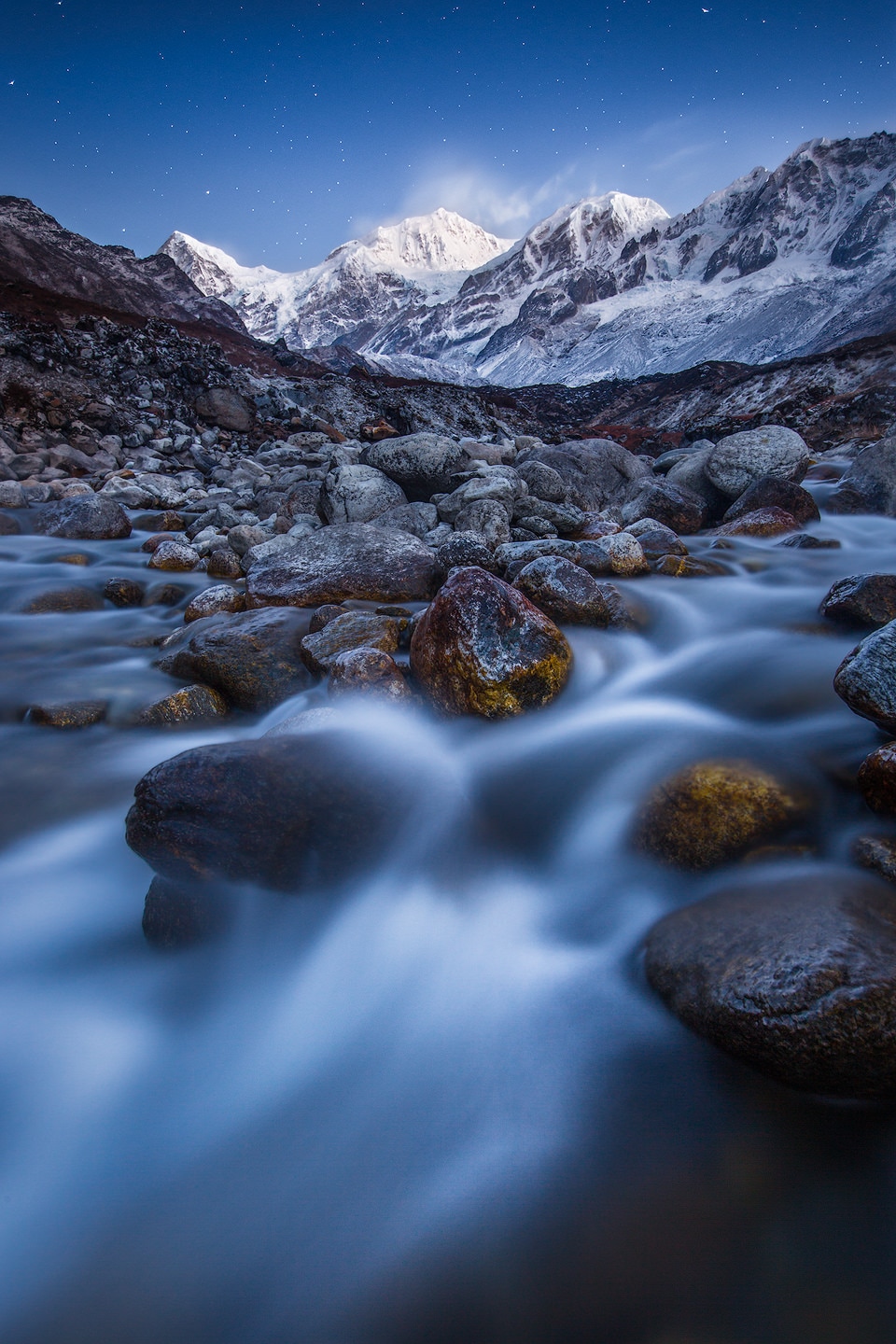
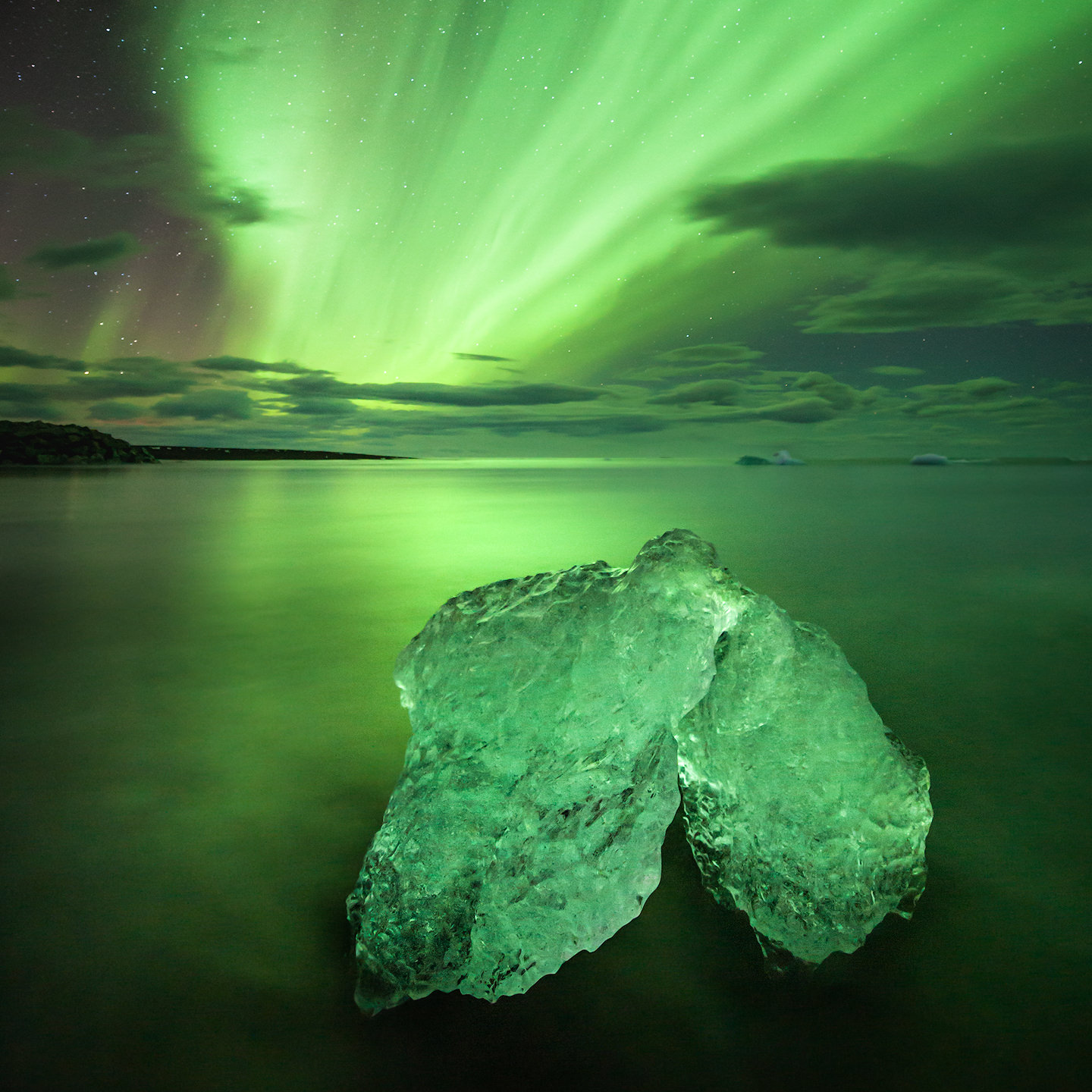
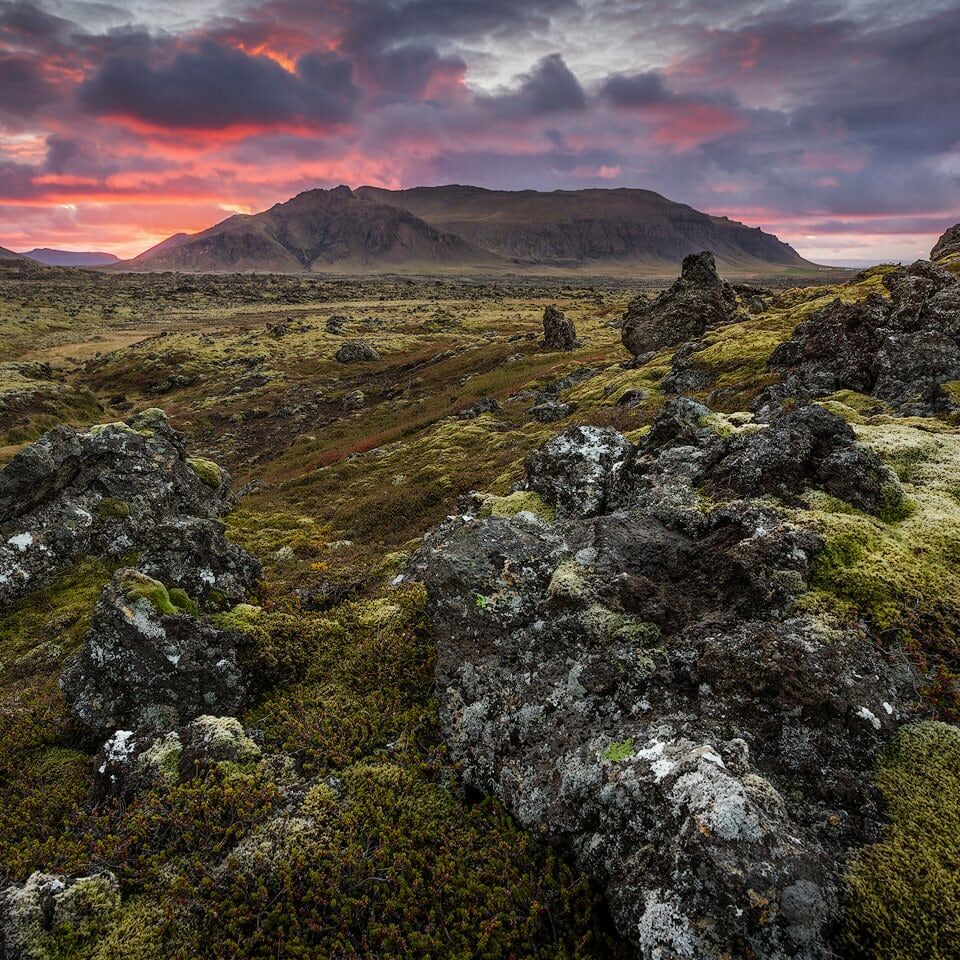
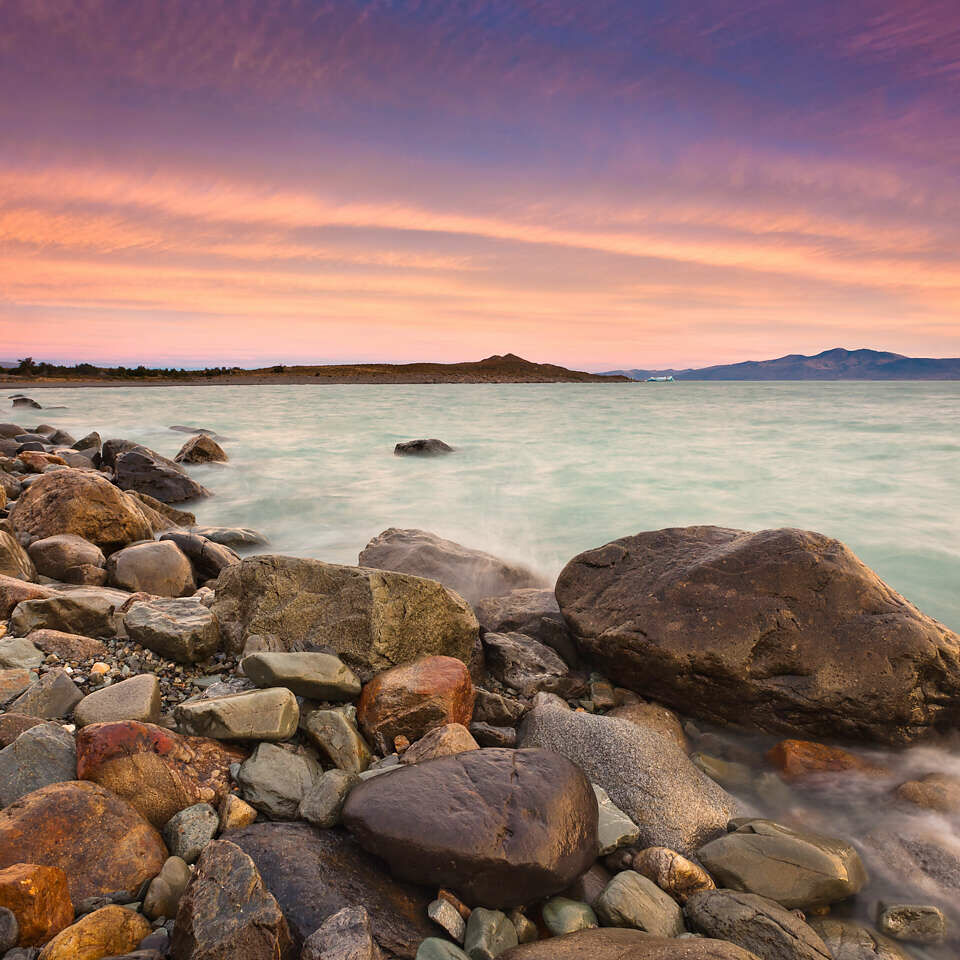
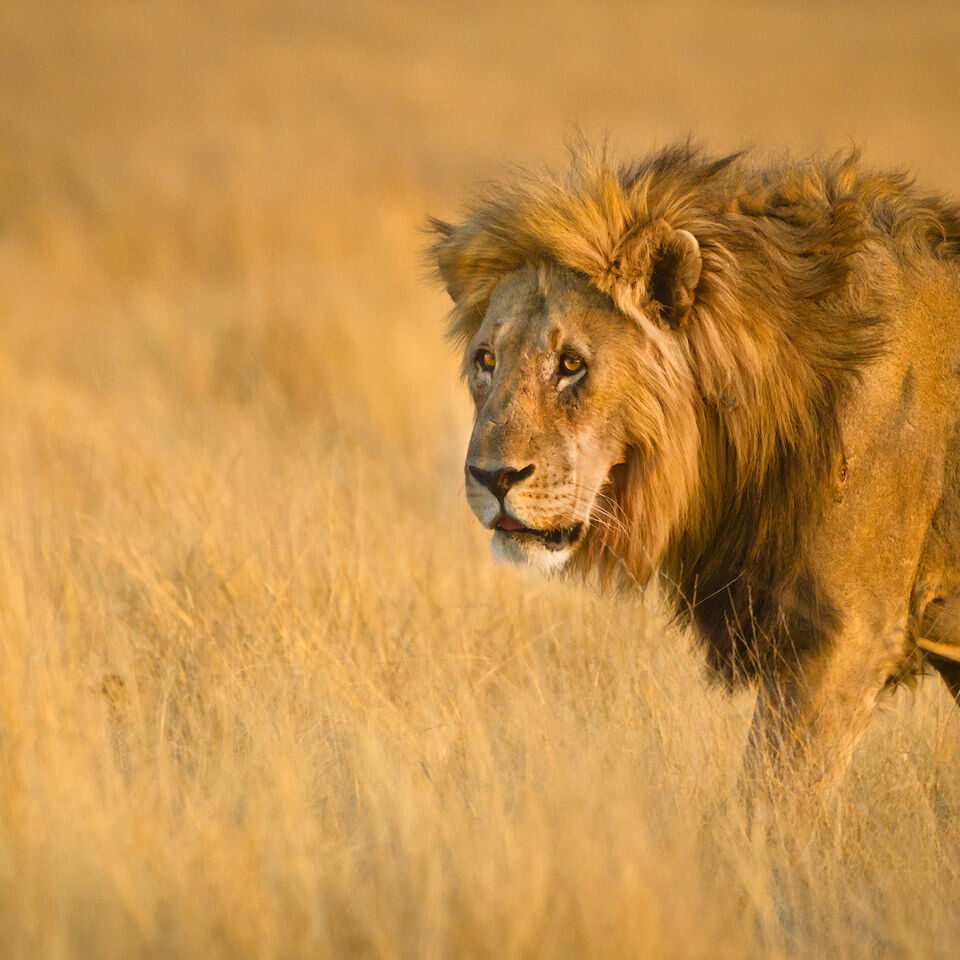
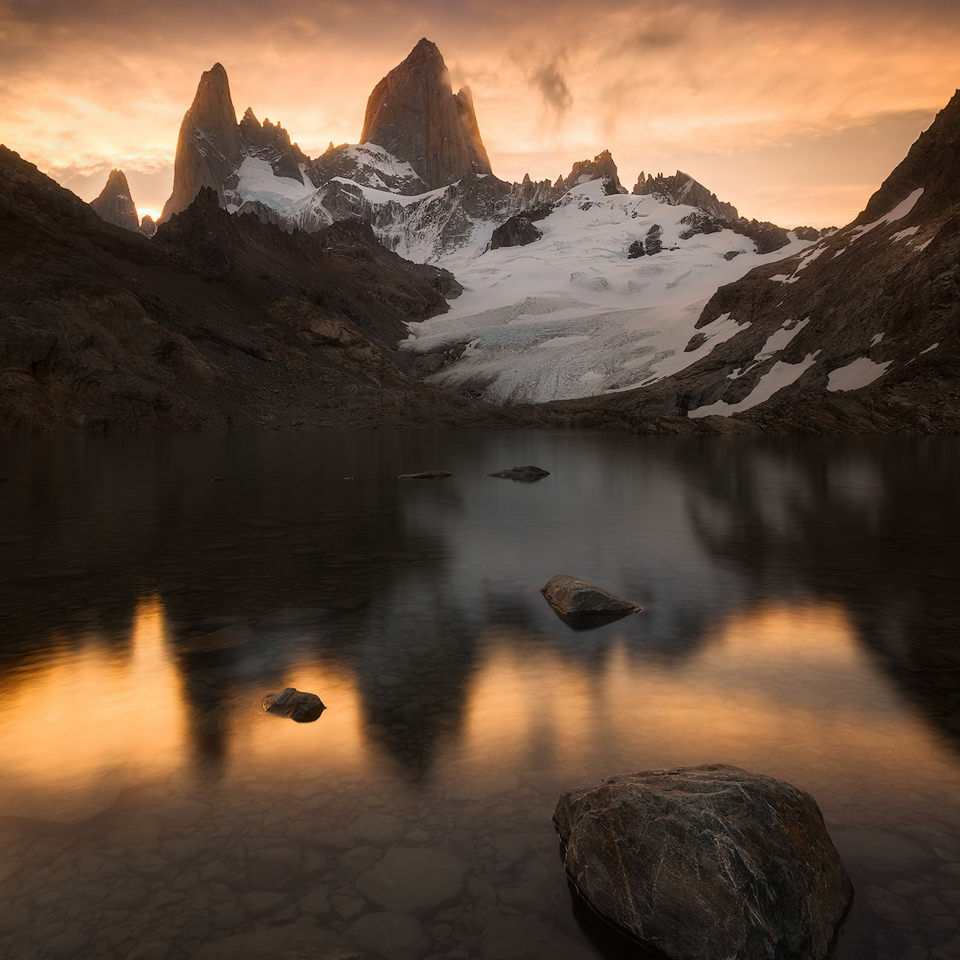
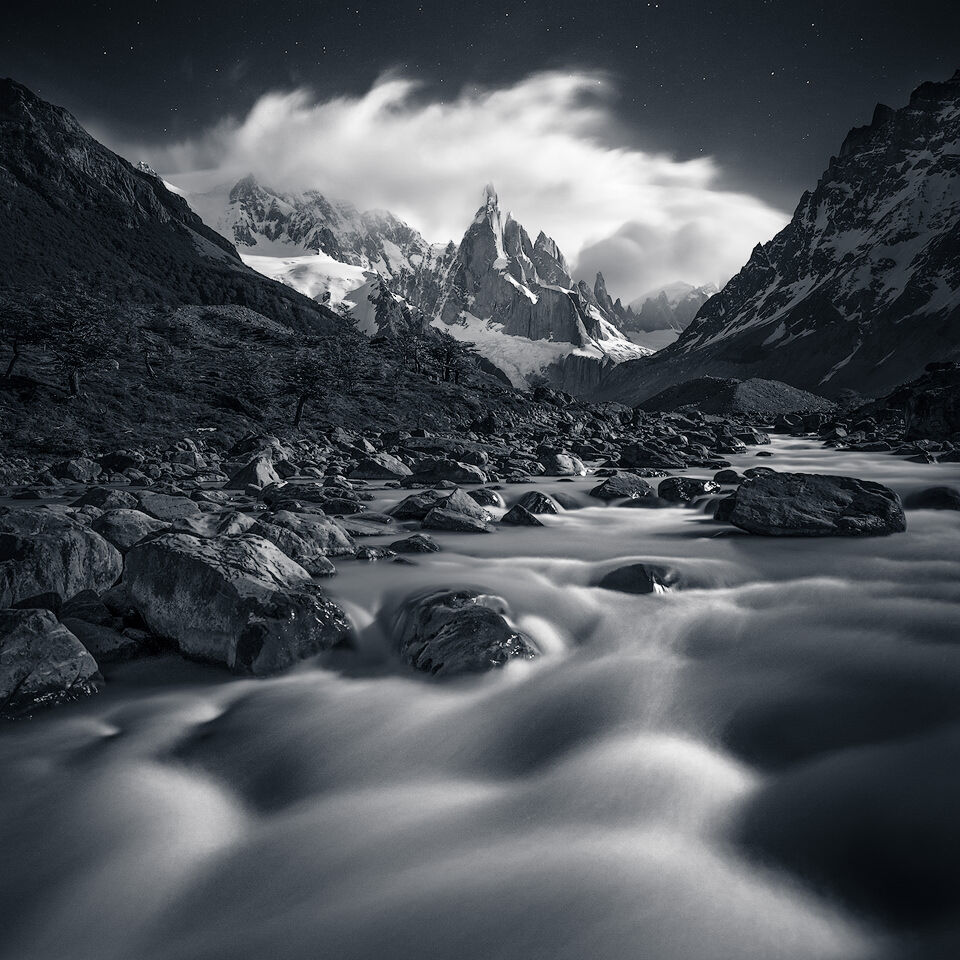
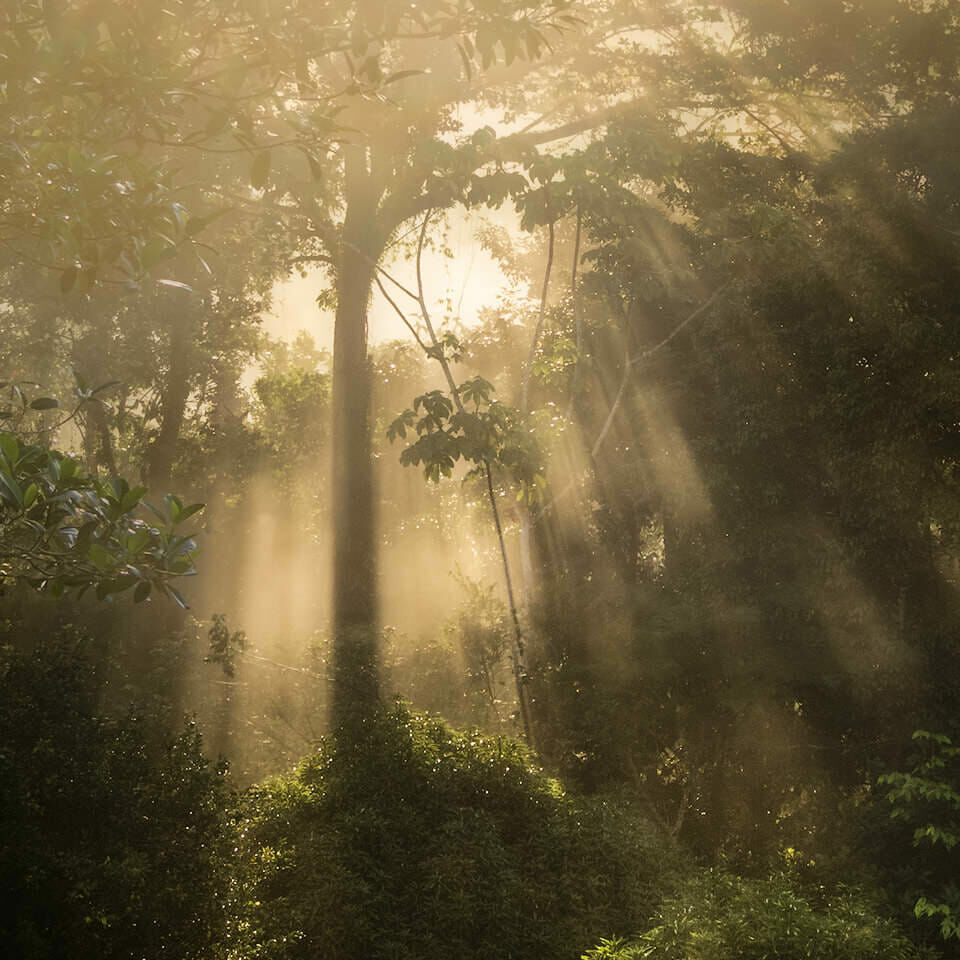
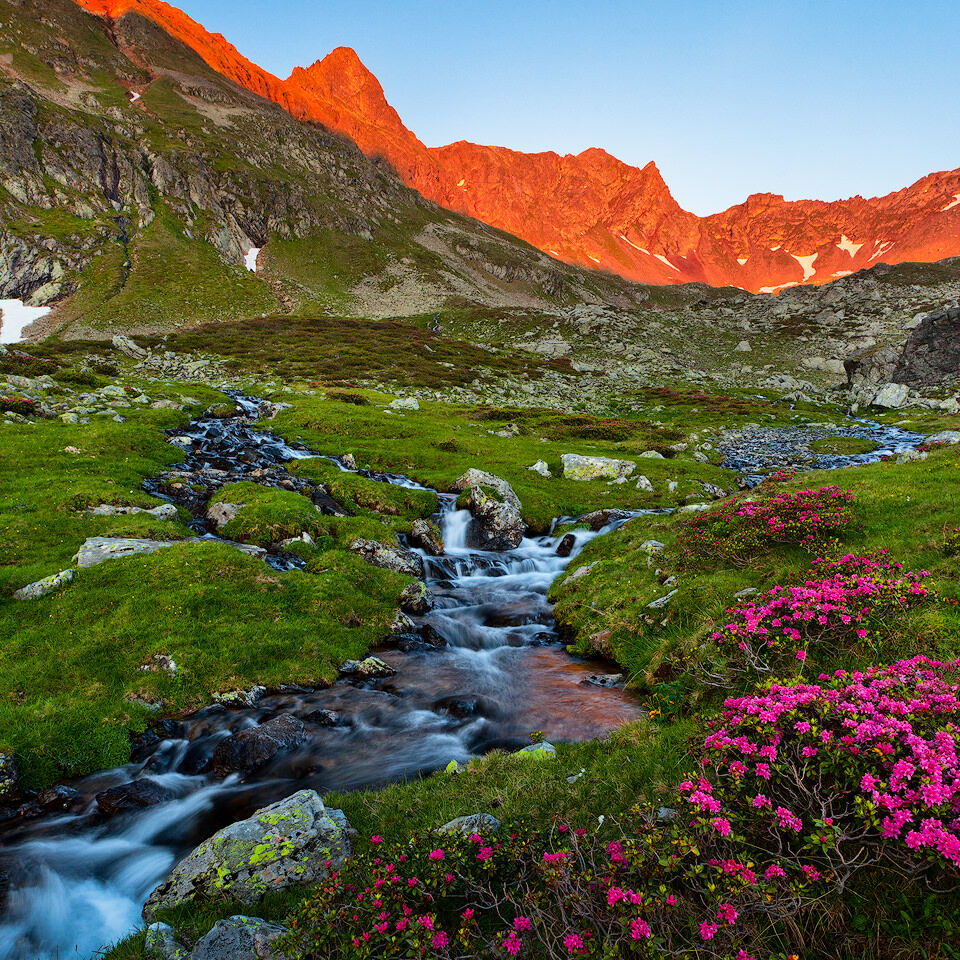
Excellent blending and amazing image, I love it
thank you very much, josé!! i very much appreciate your comment – particularly since it’s coming from an expert of the blending game 😉
Nice Images of Indian Himalayas. Next time Visit Darjeeling & Sikkim.